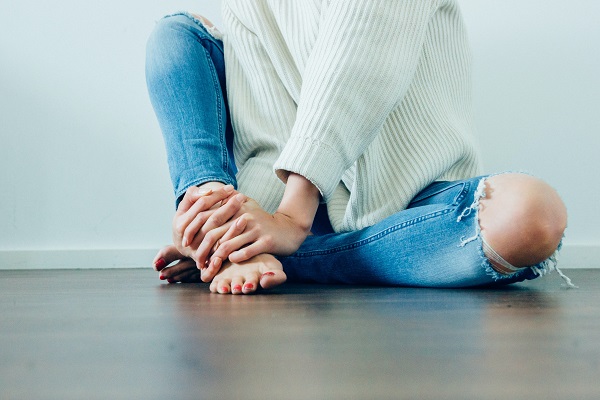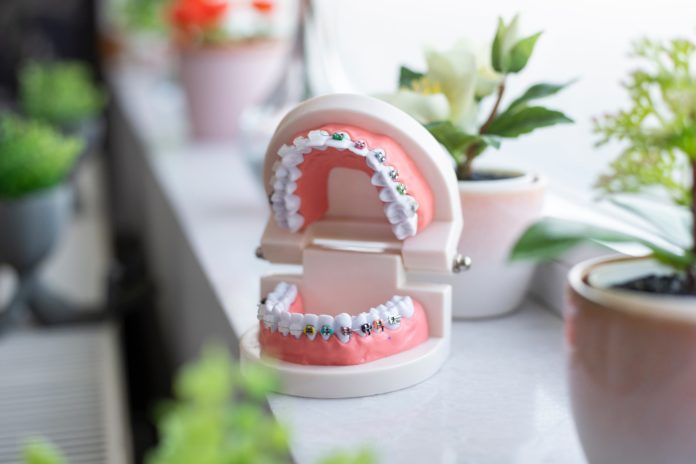A better metabolism. Stronger core. More flexible hips.
Not a new workout trend. These are some benefits of sitting – properly.
But isn’t sitting really bad for us? All those headlines about sitting being the new smoking… Turns out, all sitting is not created equal.
Sitting in a chair = bad for you
Sitting on the ground = good for you?
See, sitting in a chair is totally passive, which means major muscles go unused.
After too long, those muscles might not work when you need them to. (Hello, back spasm!)
Western science is just starting to explore what other cultures have known for centuries: humans are meant to sit on the ground.
And it might even have health benefits!
What we know
In the US, we spend MORE THAN HALF of our waking hours sedentary.¹ Just 3 hours of sitting per day has been linked to:
– increased risk for cardiovascular disease
– metabolic issues
– poor blood flow
– inflammation²,³
Even worse, typical exercise (4-5hrs per week), might NOT be enough to counteract the negative effects of too much sitting.⁴
But here’s a curveball for you…
Our ancestors had about the same amount of “inactive” time in their days as us… with virtually none of the health problems!⁵
So what gives?
A study of the Hazda hunter-gatherers found that even though they rest for about the same amount of time we do, they don’t use chairs. Instead, they squat or kneel, which uses low levels of muscular activity.⁵
Because it’s more active than chair-sitting, “ground sitting” might protect against the negative health effects of being sedentary.⁵
It’s good for the hips too.
See, getting on the floor requires a deep squat, which requires full range of motion through your hips. The ultra-healthy centenarians of Okinawa mainly sit on the floor (for meals too). Studies show they have less back pain, hip replacements and fall less.
According to one study, whether or not you’re able to get off the floor without help is an indicator of how much longer you’ll live.⁶
What we’re still learning
If you suspect scientists aren’t spending much time researching something as basic as sitting, you’re right.
But here’s food for thought:
A famous anthropological study found that “at least 1/4 of mankind habitually takes the load off its feet” by squatting on the ground.⁷
In fact, people across Africa, Asia and Latin America regularly rest, eat, cook and work this way. And it’s not like chairs aren’t available to them…
Perhaps it’s common sense or intuition, but regardless of the lack of hard science, more health practitioners in the West are prescribing floor time to help alleviate back pain and tight hips and hamstrings (and maybe more!).
Funny story: I was at the doctor’s office recently, when an older gentleman walked in and sat down on the floor of the waiting room. Immediately, a nurse rushed over, repeatedly asking him if he was okay.
Annoyed, he declared he was perfectly fine, he was just far more comfortable on the floor than in the metal chairs.
This is how ingrained chair-sitting is in our society. Maybe more of us should be like that guy… if we have to sit, let’s sit better!
The bottom line
Sitting itself isn’t inherently bad. It’s not moving that’s bad for us. To protect your long-term health, set up an environment that allows you to change positions frequently. Standing, sitting, squatting.
For a healthy back and hips, you should be able to comfortably sit on the floor. If you can’t, here’s an action plan:
| Your Sitting Status | How to sit better |
| I can’t sit on the floor without pain | You can get there! Place some pillows on the floor. Sit by placing your hips on them and resting your feet on the floor. Try any position that works for you. Always be nice to your knees and don’t force them into discomfort. |
| I’m ok sitting cross-legged sometimes | Awesome! It’s critical that you can be in this position WITHOUT a rounded spine. If you find yourself hunched over, keep a pillow under your pelvis (but not under your legs) until you can sit cross-legged with a neutral, unrounded spine. You can also practice by leaning back against a wall. |
| Sitting cross-legged is easy for me | Sweet! Now start working toward full lotus… which ancient yogis (and modern mobility specialists) believe is the ideal sitting position. The external hip rotation stabilizes your spine (which is why it’s used for long meditations) and it also opens up ideal internal space for all your organs. |
| Sitting in lotus is no problem | Get bonus mobility points by working towards a comfortable deep squat. There’s tons of tutorials online for how to safely work toward this natural human position. |
How do I make changes?
We’re all different, so we’ve divided some action steps into varying levels of commitment for you:
| Toes In |
⌛ Set a timer to get up from your chair once per hour (every 20-30min is even better!). 🏋️ Movement is the goal during these breaks, so do some stretches or squats, or walk around. 🧘 Commit to spending less time sitting on your hamstrings (it’s bad for them!). When you’re in a chair or sofa, pull your legs up and sit with one tucked under you, or cross-legged, whatever is most comfortable. |
| Waist Deep |
🍽️ Commit to eating on the floor one night a week. 📱 Bring your leisure activities down to the ground. Sit on the floor while watching TV, reading, or scrolling through the feed. 🪑 Get a chair/stool/bench that lets you sit in multiple positions throughout the day (including cross-legged). Change it up every 20-30 minutes! |
| Full Immersion |
🛋️ Join the #furniturefree movement! Design a cozy floor-based living room (or entire house!) that’s free of chairs and sofas. |





